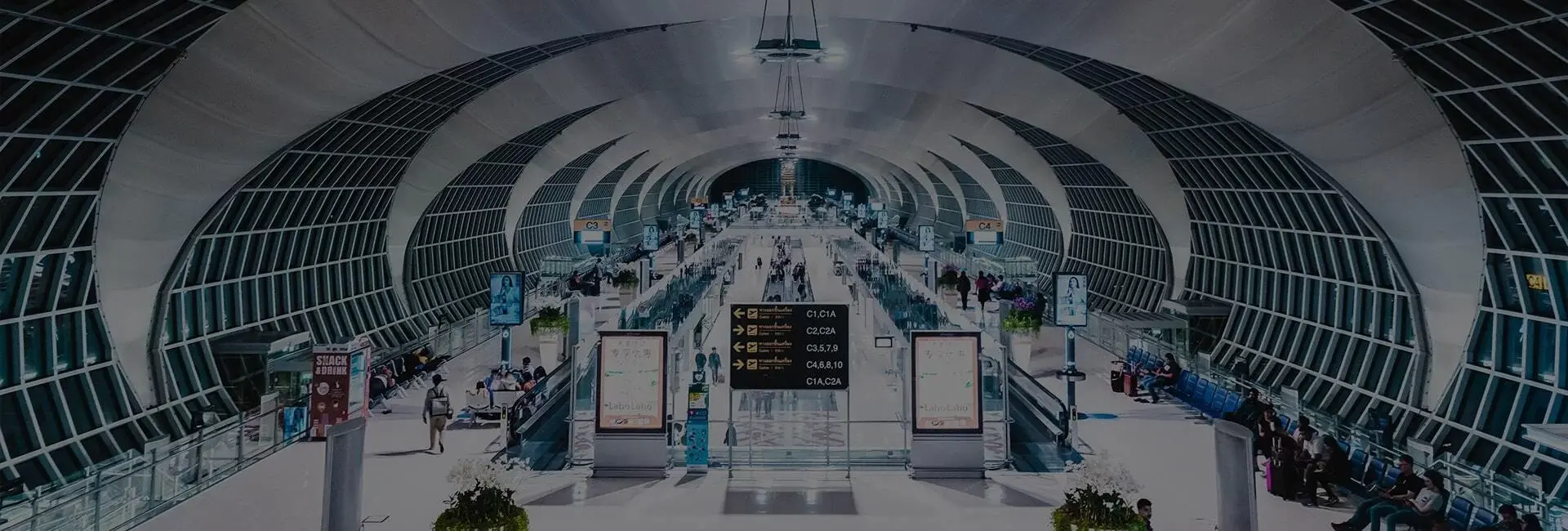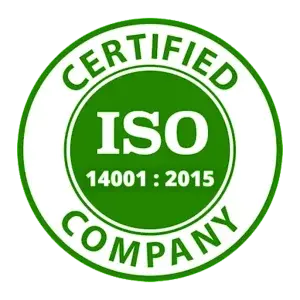Asia-Pacific Post COVID Priorities
Bangkok – The International Air Transport Association (IATA) is asking the Asia-Pacific region to get ready for an expected increase in traffic and give policy support for the industry’s plans to reduce carbon emissions, as the region starts to recover from COVID-19.
The airline industry has taken a severe beating over the last three years, especially those in Asia which make up around one-third of all losses in the industry since 2020. However, with COVID-19 now under control in many parts of the region, governments need to do their part to help speed up recovery and ensure that growth is sustainable moving forward. This was according to IATA’s Senior Vice President Conrad Clifford.
At the Association of Asia Pacific Airlines (AAPA) Assembly of Presidents in Bangkok, Clifford gave a speech.
As the world emerges from the COVID-19
According to Clifford, “ Asia has fallen behind in terms of reopening borders and lifting restrictions. While the rest of the world started this process last year, it wasn’t until April that any positive momentum was seen in Asia. This is why international passenger demand in September was only at 41.5% of what it was in 2019—the lowest among all regions. North American carriers led the way, sitting at 89% of 2019 levels; while other regions ranged between 73%-83%.
“As said by Clifford, governments in the Asia-Pacific region can speed up the recovery process so that we can travel like before the pandemic even hit. Furthermore, he states that the airports and government agencies need to be prepared for when traffic starts picking back up again. IATA is also proposing that more processes should be digitized so that it’ll be easier to handle an increase in traffic.”
Clifford stated that the area’s rebirth will be postponed until China reopens to international travel. “We need to learn how to live, work, and travel with COVID-19,” he said. Clifford is hopeful that the Chinese government will soon have enough confidence to resume connections with the rest of the world.
Decarbonization policy support
IATA’s members have pledged to reach net zero CO2 emissions by 2050. Last month, policymakers at the ICAO Assembly voted to set a Long Term Aspirational Goal (LTAG) of reaching net zero CO2 emissions by mid-century.
The LTAG agreement recently passed at the ICAO Assembly has both governments and industries working together towards the same goal, which is very encouraging. However, to achieve CO2 emission net zero by 2050, we need government policy support in key areas of decarbonization. One such area is providing an incentive for Sustainable Aviation Fuel (SAF) production capacity,” said Clifford.
SAF is expected to play a significant role in reducing carbon dioxide emissions by 2050. It will be the largest contributor to the industry’s sustainability. Airlines have already bought every drop of SAF available for 2021 and have committed to over $17 billion of forward purchasing agreements.
“The ASF industry is facing limited supply and high costs,” suggested Clifford. “I urge Asia-Pacific governments to investigate ways of stimulating SAF production.” With government incentives for SAF, there could be 30 billion litres of production capacity globally by 2030. Japan and Singapore have exhibited a praiseworthy approach to SAO involving the industry in their consultation process as well as promoting domestic production.
Clifford brought attention to the need for airlines to clear air traffic congestion between Asia and Europe, which has been mounting because some companies are bringing back flights while others have started rerouting trips to bypass Afghanistan, Russia and Ukraine.
“Working together, air navigation service providers in India and Malaysia have been able to increase airspace capacity by reducing the safe distance standards between aircraft. This is a good thing. We need neighbouring states to cooperate with airlines so that they can implement procedures that use modern aircraft to their full potential,” said Clifford.
















